My DIL Excluded Me From Our Family Trip Photos—But She Didn’t Expect My Revenge


Have you ever watched an action-packed Hollywood film where an airplane gets a hole in its side, and everyone starts freaking out? Stuff starts flying all over the place, and people are barely staying in their seats. Well, in real life, a small hole in the plane’s body isn’t going to cause that much drama.
However, I have an incredible story to tell you about a pilot who actually managed to land a plane with HALF of its roof missing! Can you believe it? Make sure your seatbelt is fastened because this one is going to be a wild ride.
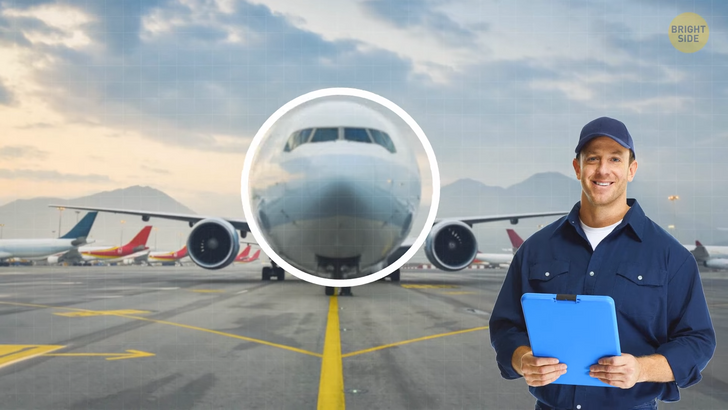
On April 28, 1988, a Boeing 737 owned by Aloha Airlines took off from Hilo International Airport en route to Honolulu. Before this flight, the plane had already flown three short trips from Honolulu to Hilo, Maui, and Kauai. Everything was chill that day, and the weather was nice and calm. It looked like smooth sailing all the way!
The captain of the flight was Robert Schorns-Theimer, and the co-pilot was Madeline Tompkins, both experienced pilots with thousands of flight hours in the Boeing 737. Bright and early that morning, before taking off from Honolulu, Madeline did the regular pre-flight inspection and said that everything was good to go. At 11 AM, they took off from Honolulu and went to Maui, then Hilo.
When they got to Hilo, they didn’t leave the cockpit or check the plane from the outside. It wasn’t a requirement, so why bother? At 1:25 PM, the plane took off for the final leg of the roundtrip, with 95 people onboard: 89 passengers, 2 pilots, 3 flight attendants, and an FAA traffic controller who sat in the observer seat in the cockpit.
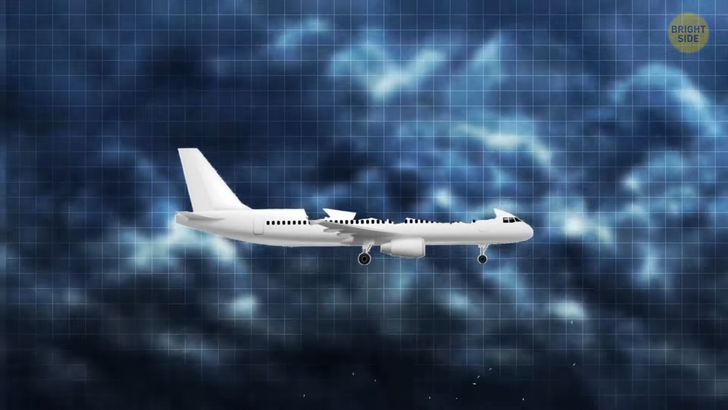
The plane had taken off like normal and reached its cruising altitude of 24,000 feet without any hiccups. But then, 26 miles from Kahului, things went totally haywire. The pilots heard a loud whooshing sound followed by a crack, and then a rush of wind that was so loud it was deafening.
Turns out, a small section of the roof on the left side had come loose, causing the plane to decompress explosively. And to make matters even worse, the decompression caused a chain reaction that led to a huge chunk of the plane’s roof ripping off completely. That missing part was a massive 18.5 feet long and was part of the skin that covered the plane from the cockpit all the way back to the forewing area.
The pilots didn’t have a clue what was going on when the disaster struck. The first officer, who was the one in charge of the plane at that time, suddenly felt her head snap back, and then she saw a bunch of gray insulation and debris flying around the cockpit like it was a tornado. Meanwhile, the captain took a look around and was shocked to see that the cockpit door was nowhere to be seen, and instead of the first-class ceiling, he was staring straight up at the sky.
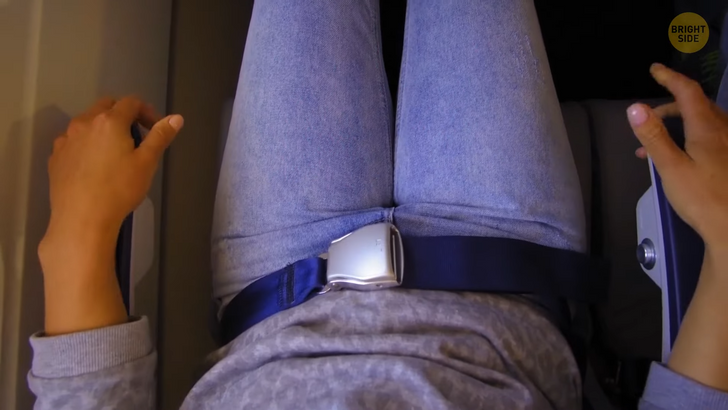
The plane started to tilt from side to side, making it challenging to keep it under control. The crew in the cockpit quickly put on their oxygen masks and the captain took over control of the plane. He then initiated an emergency descent towards the nearest airport on Maui Island. Luckily, all the passengers were seated, and most of them had their seat belts fastened since the seatbelt sign was still on.
Unfortunately, the three flight attendants were caught off guard. One of them was near the hole and was pulled out of the plane. The other two were thrown to the floor, with one of them hitting her head hard and losing consciousness. The third attendant tried to help the passengers and keep them calm.
At the same time, the pilots were desperately trying to let Air Traffic Control know that they were in trouble. But there were communication problems even between themselves due to the loud noise and the fact that they were wearing oxygen masks. They had to resort to hand signals to understand each other. Moreover, they were unsure whether their messages were being heard by ATC.
The plane’s controls were not responding properly, which made the captain’s job of flying the plane even harder. The first officer was doing her best to assist the captain and communicate with the tower. It was only after the plane descended to an altitude of 14,000 feet that the controller finally received their distress call and immediately started making arrangements for an emergency landing.
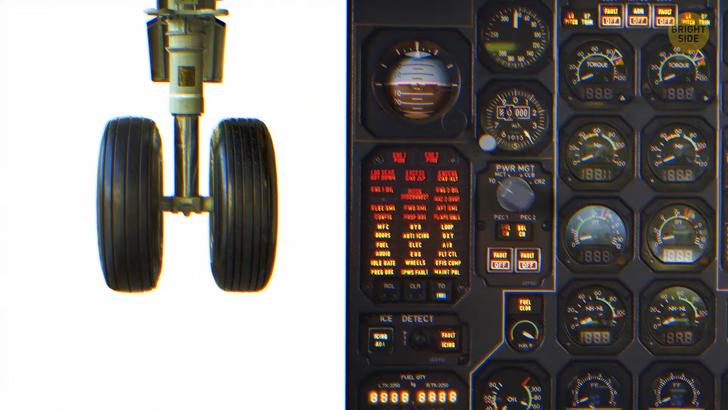
The control tower wasn’t prepared for a situation like this, though. In fact, the tower had to call 911, just like any other regular person would do in case of an emergency. The problem was that the controller didn’t understand the severity of the situation, and they didn’t realize that the passengers and crew members would need medical help. This was because the crew had only reported a “rapid decompression” and hadn’t explained the entire situation in detail.
The plane was in a very bad mess, but the captain was doing everything he could to safely land the plane. As they descended towards the airport, the captain commanded the first officer to lower the landing gear, but the indicator light didn’t turn on. The plane also had an issue with the left engine, which failed as they approached the runway. Despite these problems, the captain used the reverse thrust of the working engine to try and land the plane.
It was a difficult and dangerous task, but they managed to land the plane safely on the runway. The passengers and crew members were then evacuated from the plane. It was a miracle that everyone survived, however, 65 people were injured. They had been hit by debris and pieces of the plane’s body that were flying around.
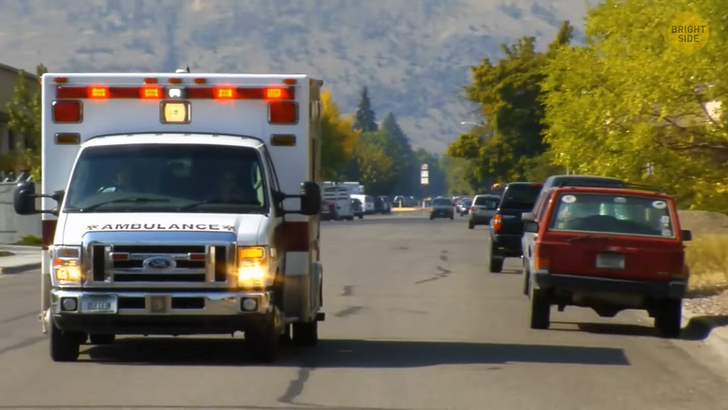
Unfortunately, the ground staff wasn’t aware of the severity of the situation and didn’t have enough resources to provide immediate medical assistance to the injured passengers. The first ambulance arrived seven minutes after the plane landed, which wasn’t an ideal scenario. Furthermore, there were only two ambulances on the entire island, which couldn’t accommodate all the injured people.
As a result, tour vans were used to transport the passengers to the hospital. Fortunately, two drivers who were former paramedics provided immediate first aid to the injured right on the runway. Meanwhile, the airport mechanics and office staff took the vans to the hospital, which was located 3 miles away. Despite the chaotic and stressful circumstances, only eight people suffered severe injuries, but they all later made a full recovery.
The plane was in really bad shape, though, and it was no wonder it couldn’t handle the stress of the decompression incident. Despite its age not being a problem, it had experienced a whole lot of takeoffs and landings which took a toll on its integrity. The salty and humid environment it operated in only added to the damage. You see, planes are designed to withstand a certain number of flight cycles, and this plane had exceeded that number by a long shot.
The majority of its flights were short domestic ones, which meant it had to take off and land way more times than it was designed for. This is what ultimately led to the roof coming off during the flight. The poor condition of the plane meant that it was beyond repair and had to be dismantled right there at the airport.

What’s interesting is that in an interview after the accident, one passenger recalled that she had noticed a crack in the plane’s fuselage while she was boarding. She didn’t tell the flight crew about it because she didn’t think it was worth it, so they didn’t know to check it.
It’s important to remember that these types of accidents are very rare nowadays. Major airlines and airports take numerous steps to ensure safety, and according to Harvard University, the chances of being in an airplane accident are about one in 1.2 million.
That’s a tiny percentage, and I don’t know about you, but I find that very comforting. And even if something did happen, such as the roof of the plane coming off, it’s reassuring to know that the pilots are trained to handle emergencies and can still land the plane safely.











